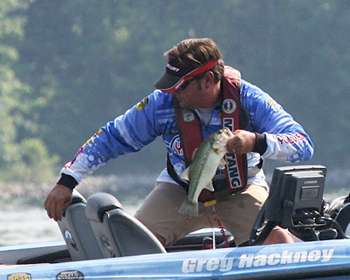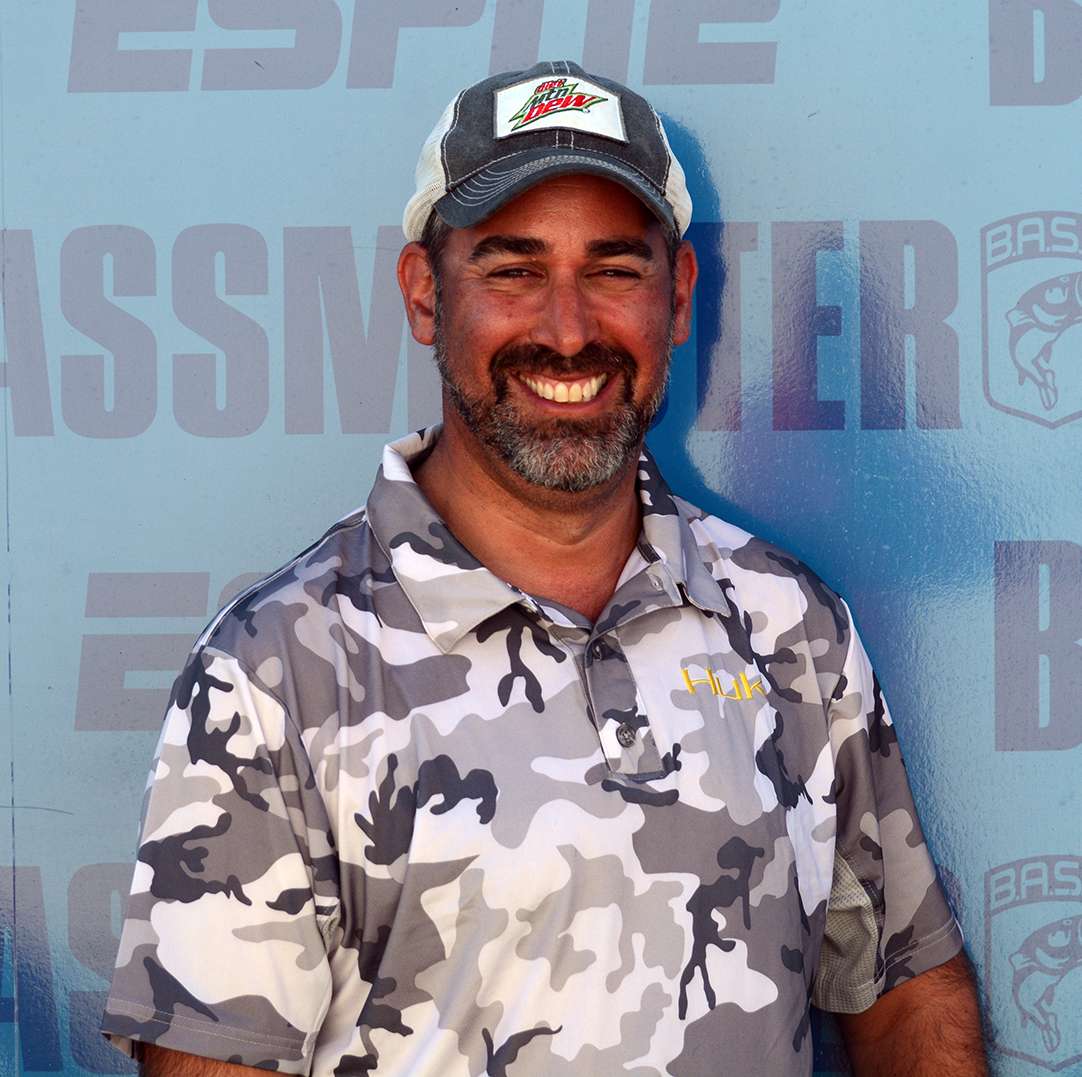
Visible stumps produce lots of big bass. Bushes produce an equal number. But unless you occasionally back off and fish their unseen extremities, you may be missing the mother lode. Louisiana pro Greg Hackney compares it to fishing offshore in shallow water.
He won an Elite Series tournament on Sam Rayburn in Texas using this strategy almost exclusively. "I was fishing out, away from the stumps to see if there were any extra pieces of cover away from the stumps," he recalls. "The biggest key was the water had fallen and the bass wanted to spawn, so they were trying to stay shallow.
These fish were relating to the visible cover, but they were actually (closer to) on invisible cover," he explains. Fishing a Strike King Zero soft stickbait, Hackney caught several quality bass by pitching to the base of the stumps, but the majority of his bites came in seemingly open water.
"More often than not, my better fish were coming off stuff I couldn't see, away from the visible cover," he says. Hackney encourages anglers to approach cover slowly, particularly when the water has fallen, or is continuing to fall, and the bass become skittish. On many visible stumps, the root systems may extend up to 20 feet from the base, so a slow approach reduces the chances of spooking bass from these invisible haunts.
"When I approach a stump, I like to stay back and make long pitches," he advises. "If you get too close, a lot of times you'll be right on top of the bass and never know it." Often, if you find bass on this pattern, you'll have it all to yourself, even if you have to share the area with other anglers.
"Whether it's a cypress tree, a willow tree or a stump, the biggest mistake anglers make is that they don't target the root system," Hackney says. "They target what they can see. They pitch by the tree or the stump and fish the first foot around it and then go to the next one." When bass are holding on root systems, it usually takes a little work to locate them. Hackney typically uses a worm or a jig, which he refers to as "feel baits," to learn the contours of the areas he knows should hold fish.
Visible clues can help, too. With a short horticulture lesson, you can decipher where the roots are likely to rise. "The South is blessed with cypress trees, which have 'knees' for roots," Hackney says. "Normally, the root system is a ring that'll go all the way around the tree, sometimes reaching 20 or 25 feet.
Willows are the same way. If you find one that's leaning, a lot of times the root system will be a long way from the trunk." And while root systems are the focus of his search, he says it doesn't take much to hold a bass. "A lot of times it'll be a little bitty piece of something," Hackney says.
"Today, anglers are much better than they used to be, and they know how to fish the stuff they can see." If you can figure out the lay of the land and find some cover that isn't visible, you can root out a monster limit.
(Provided by Z3 Media)





